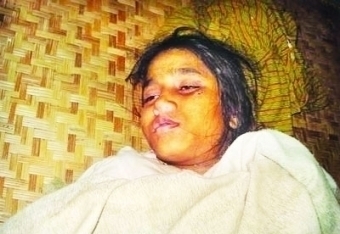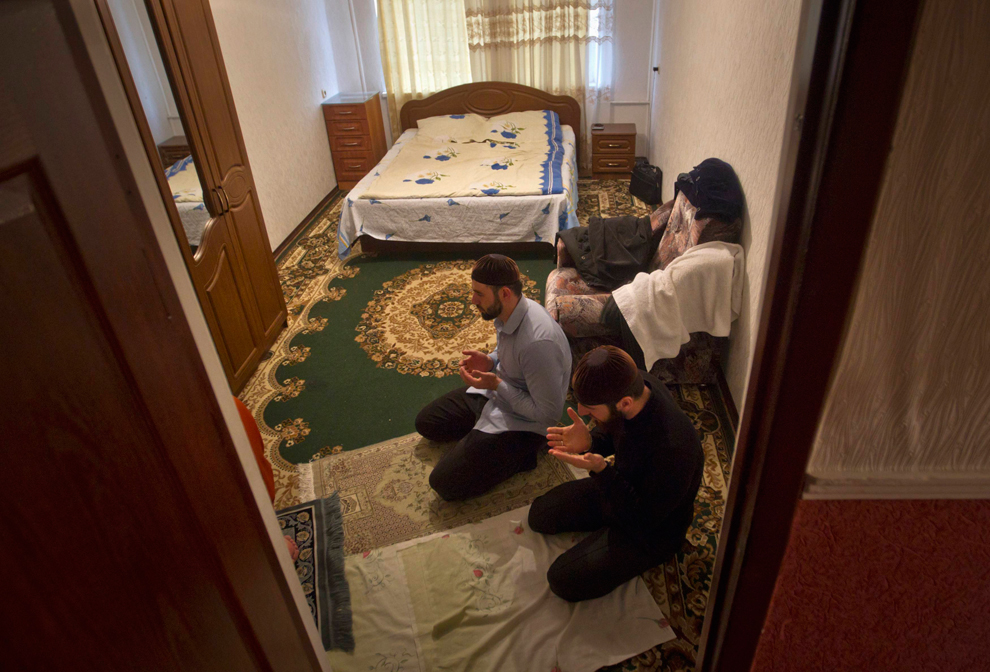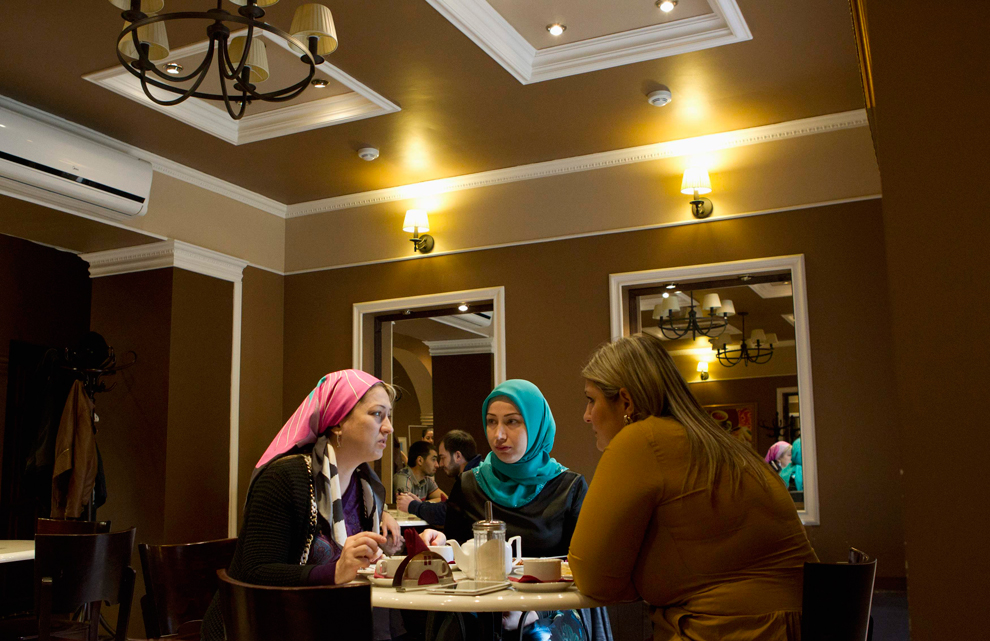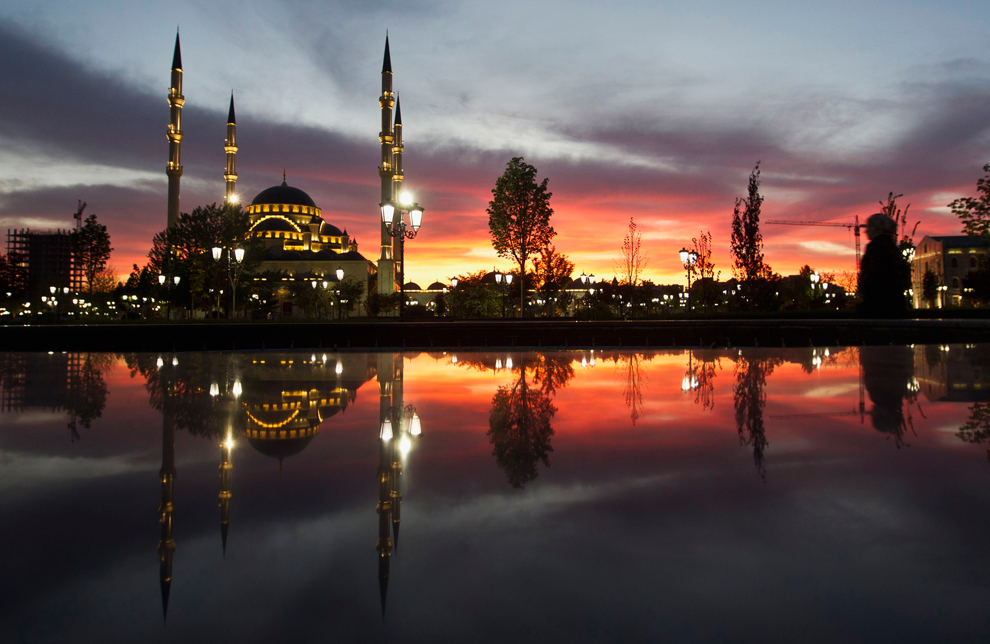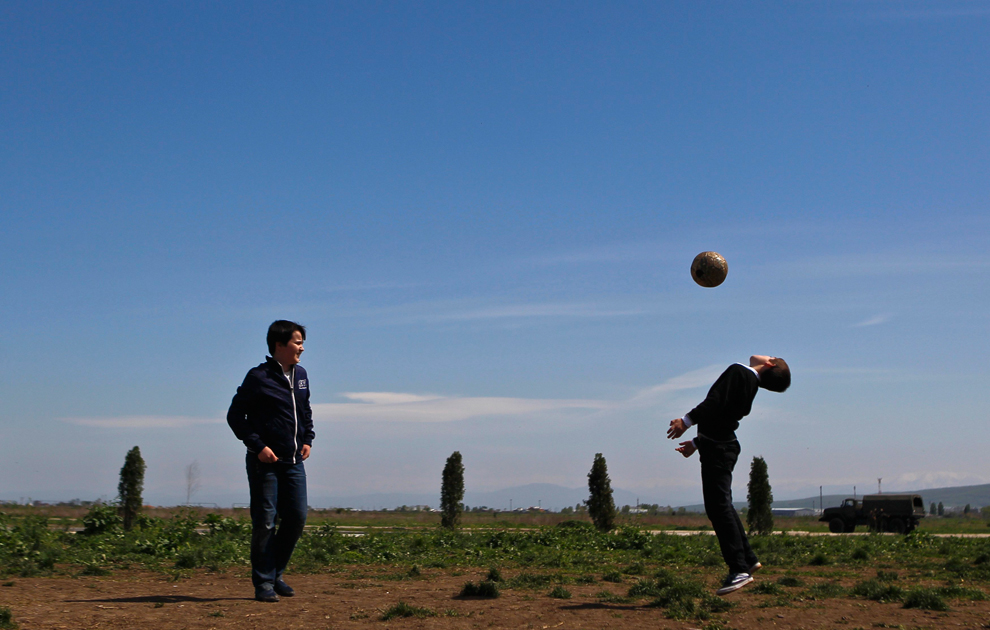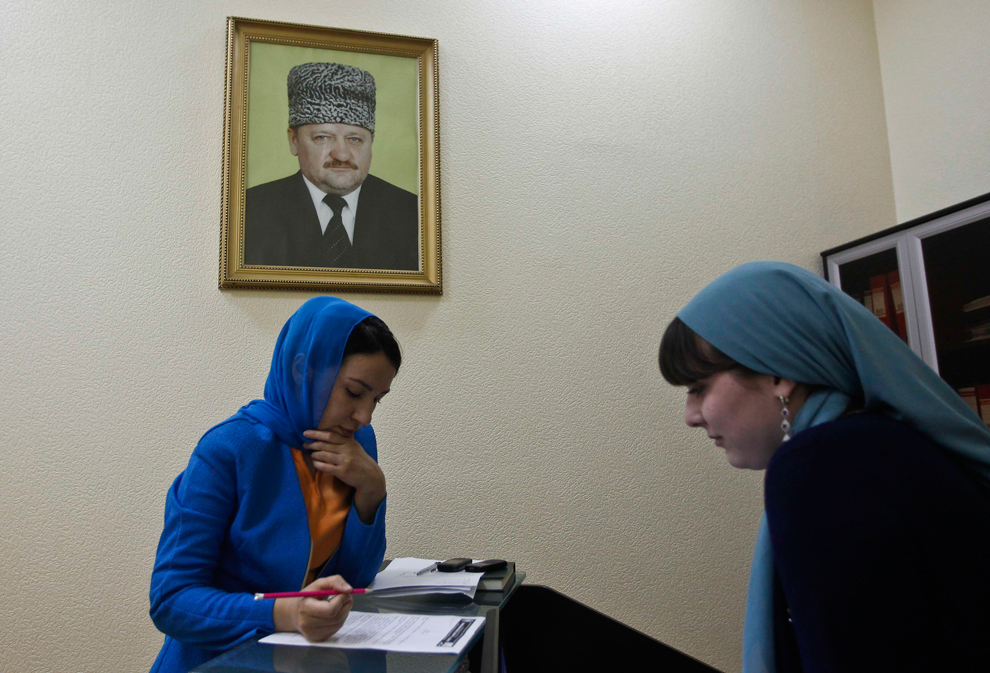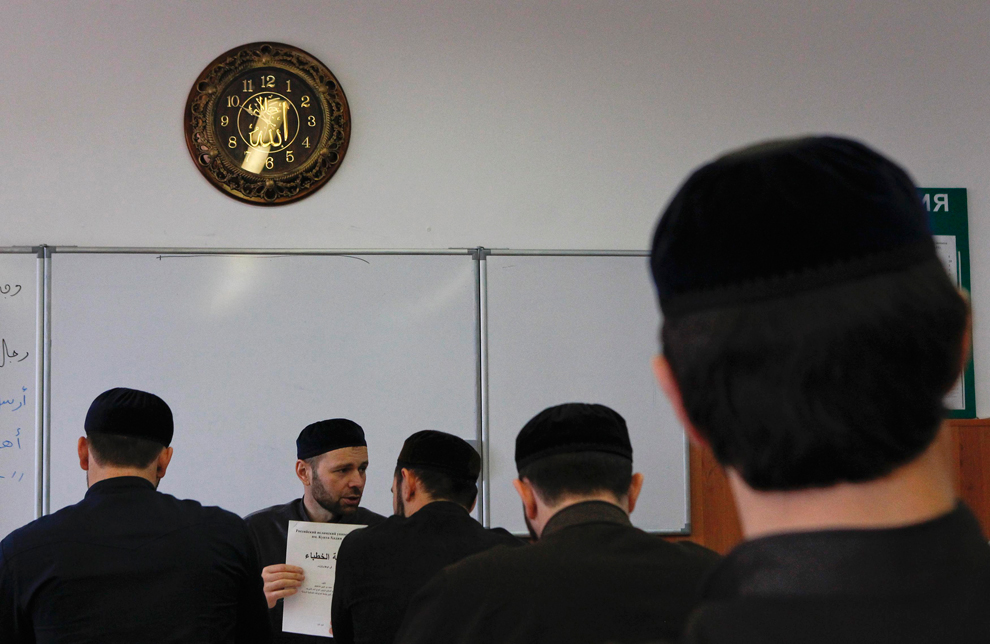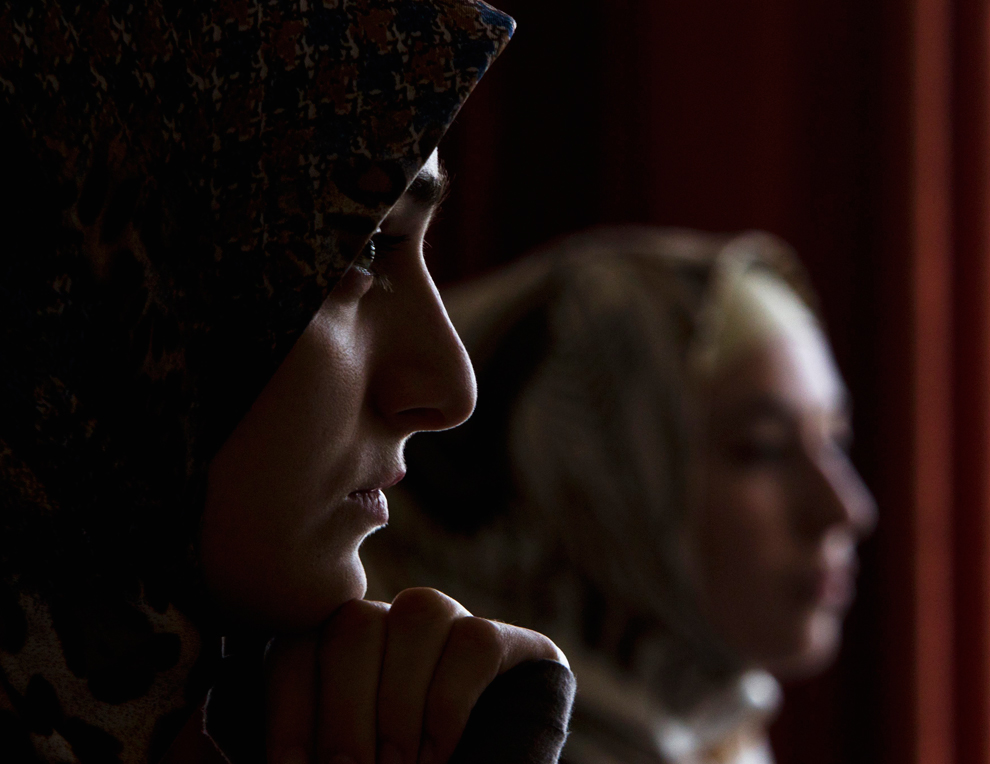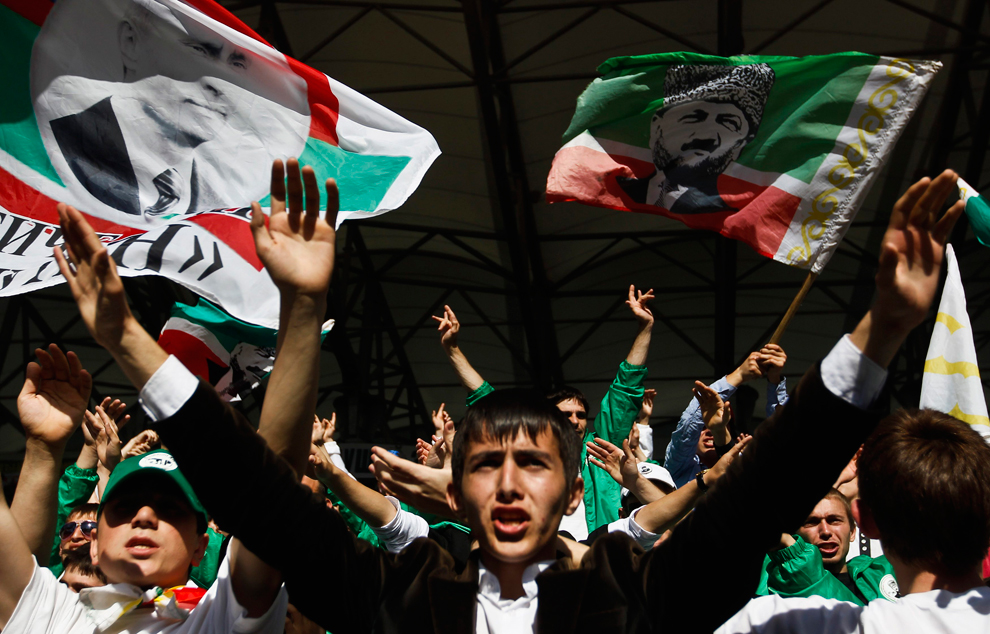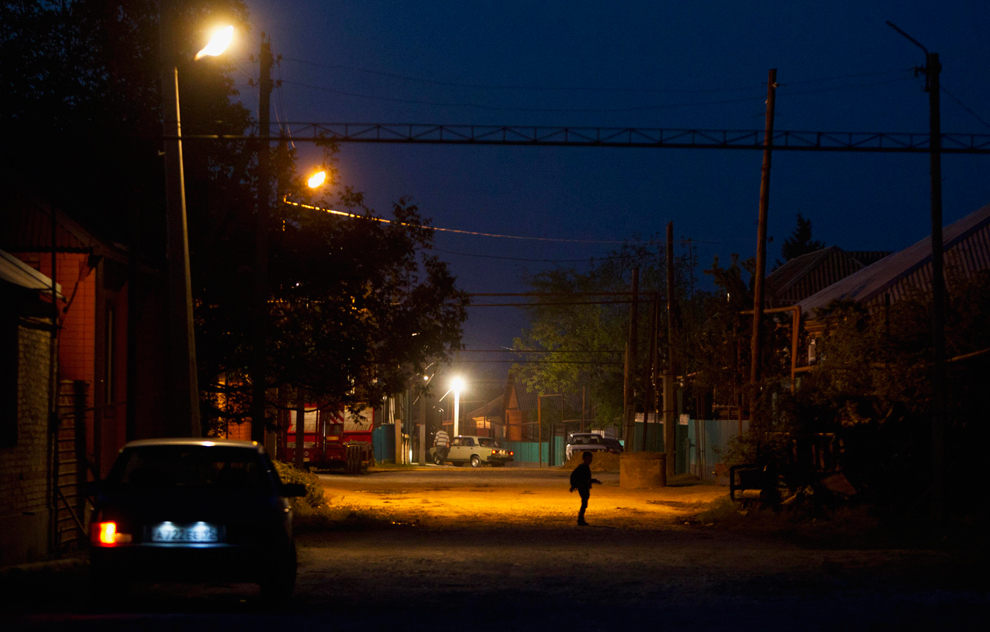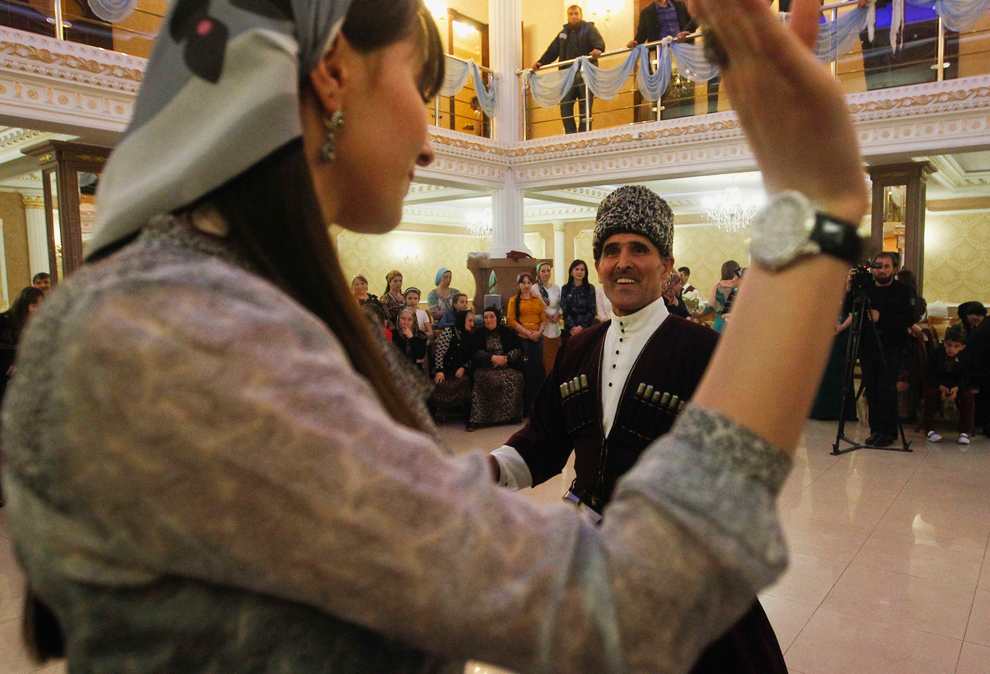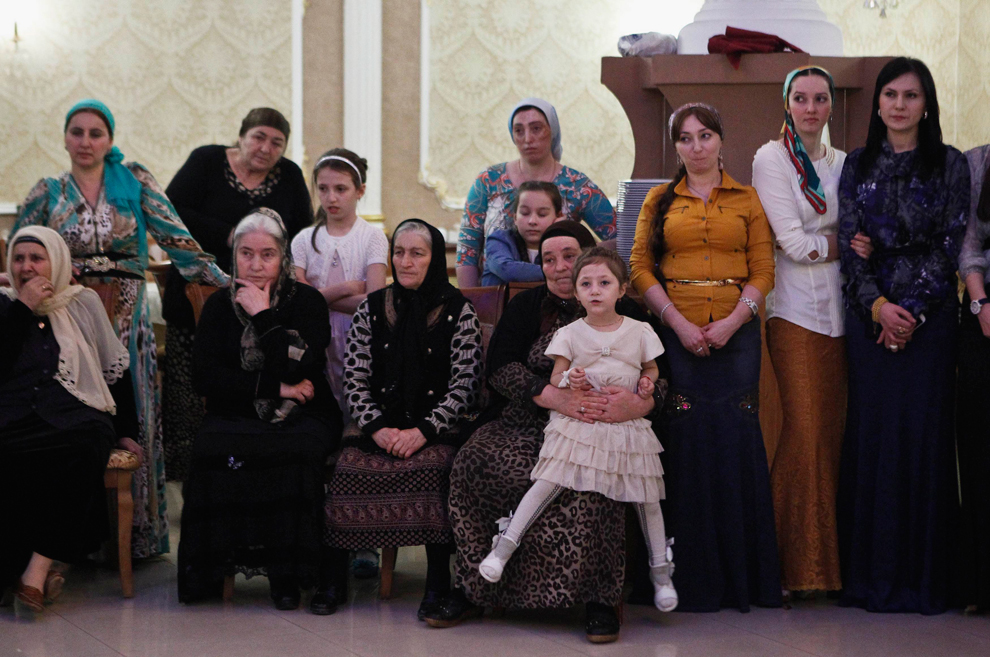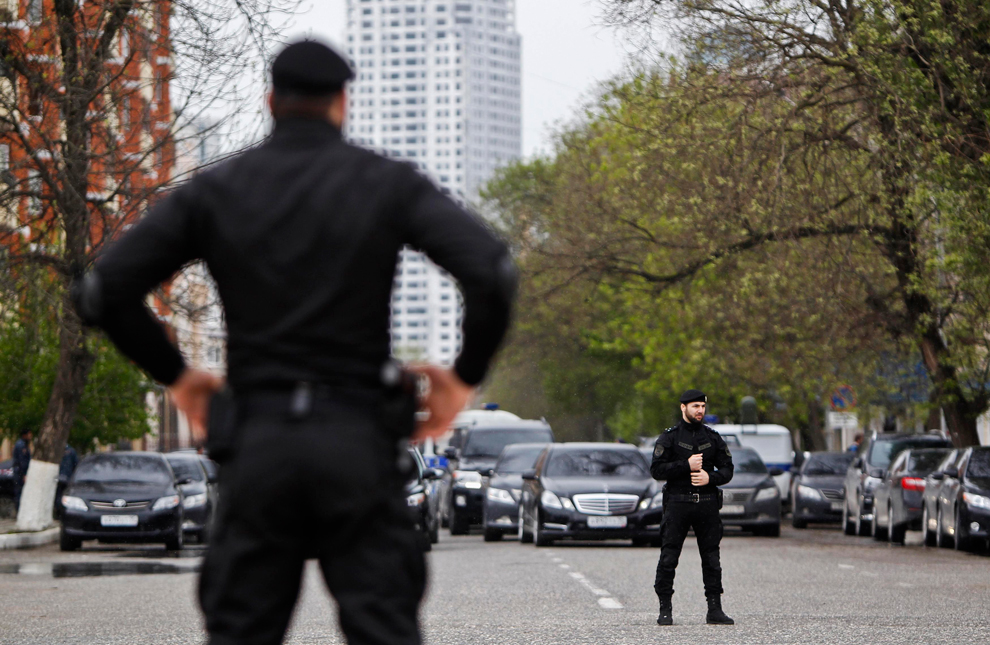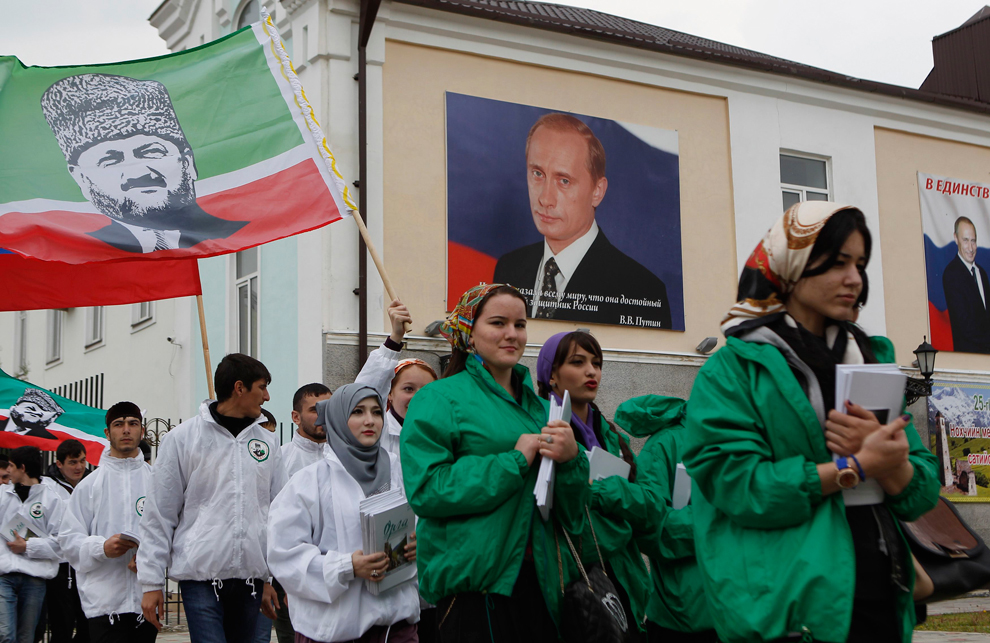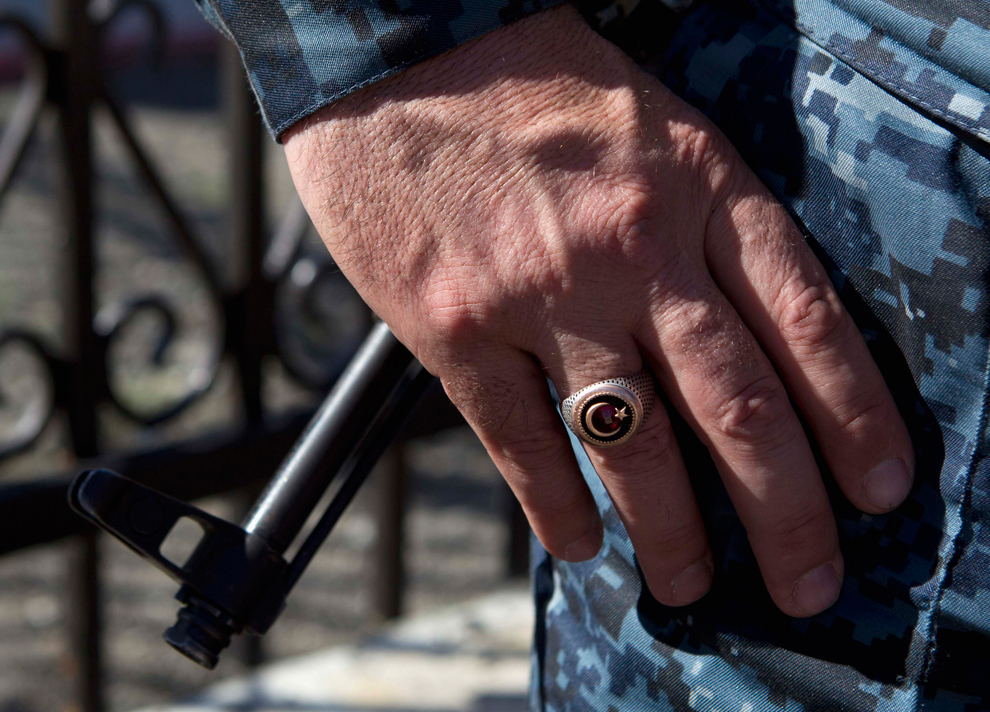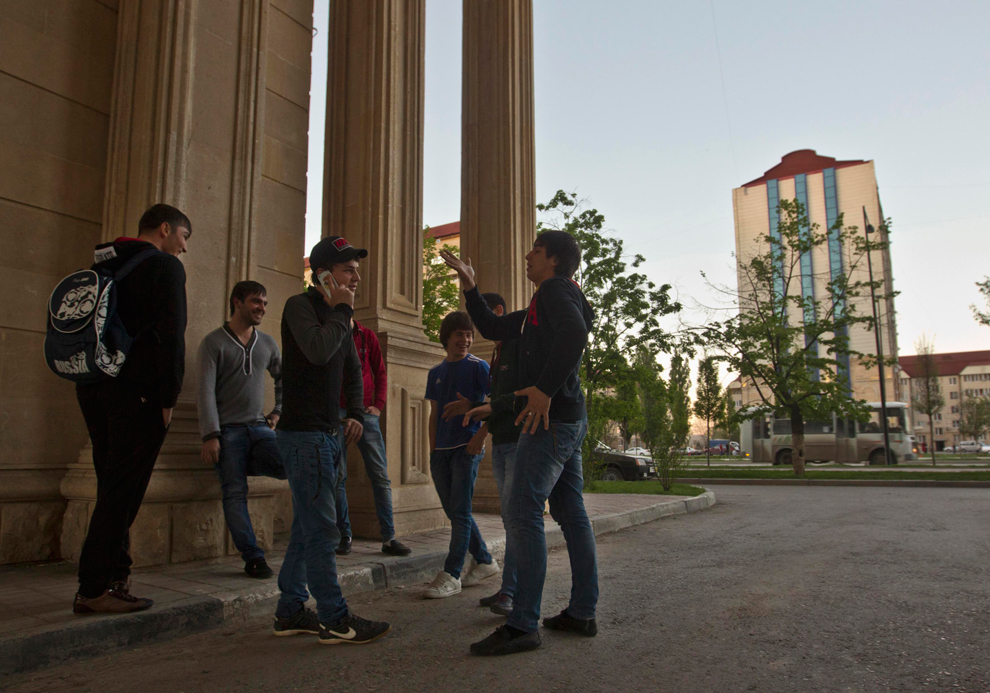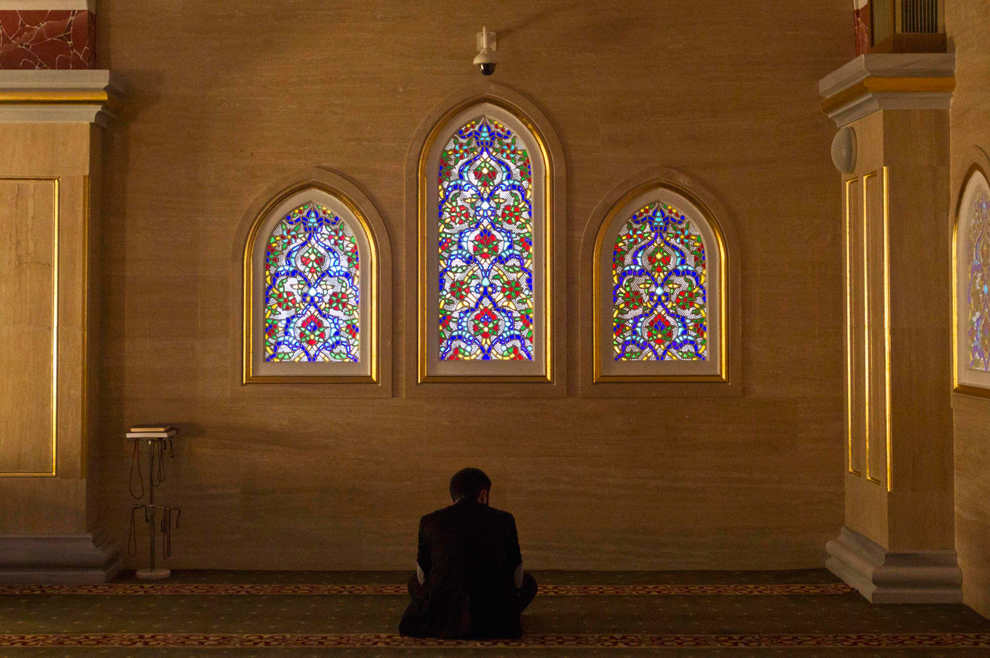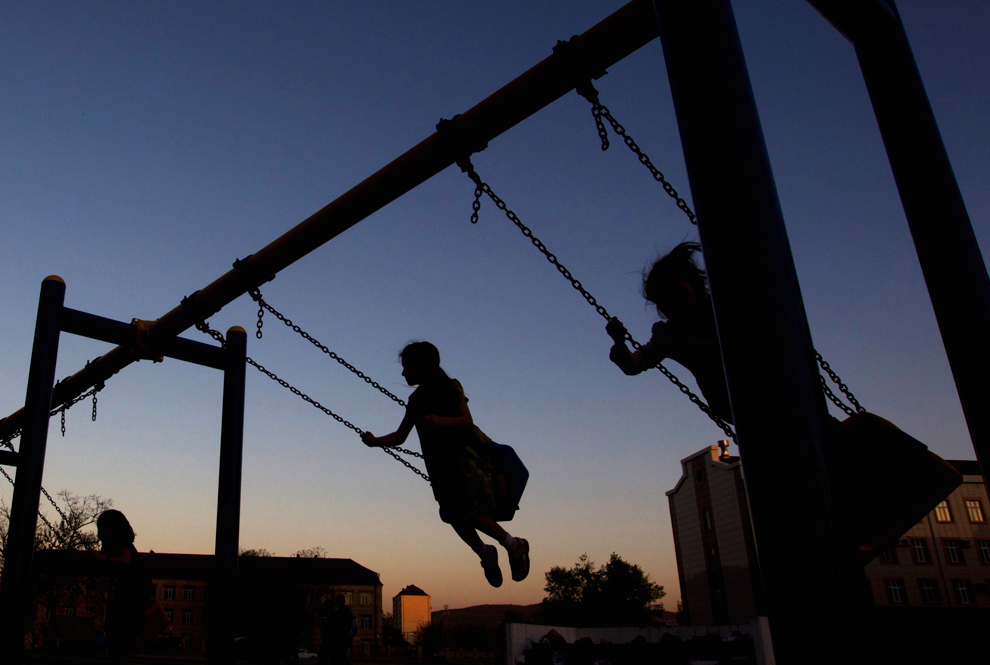
Lavender Face & Body Cream
(adapted from Earthly Bodies, Heavenly Hair by Dina Falconi)
3/4 cup/6 oz. extra virgin olive oil or almond oil
1/4 cup/2 oz. coconut oil
2 tablespoons/1 oz. unrefined shea butter
3/4 oz. beeswax
1 cup + 2 tablespoons/9 oz. purified or distilled water
30 to 60 drops lavender essential oil
equipment:
1 quart glass pyrex measuring cup
electronic scale
shallow saucepan
instant-read thermometer
immersion blender
(Important note: Measurements for water, liquid and solid oils and butters are by volume; measurement for beeswax is by weight. In other words, use volume containers such as measuring cups and spoons for measuring the water, liquid and solid oils and butters, and use an electronic scale to measure the beeswax. You can also increase the amount of beeswax to 1 ounce; the cream will be slightly thicker.
Also, this recipe, when made with olive oil as the base, produces a very rich cream, great for very dry skin. When made with almond oil as the base, the final cream is a little lighter and more suitable for dry to normal skin. If you're unsure, try making a half-batch of this recipe so you can test what you like before making the full version).
Put olive oil or almond oil, coconut oil, shea butter and beeswax in the glass pyrex measuring cup. Fill the saucepan half-way with water. Place pyrex container in the water bath in the saucepan, turn heat to low, and stir until the coconut oil, shea butter, and beeswax are completely melted. Transfer mixture to a 1 quart mason jar. Let mixture come to body temperature, about 98ºF. While oils are cooling, heat water to body temperature, about 98ºF. Pour water into mason jar containing melted beeswax and oils. Add lavender essential oil. Place immersion blender into the jar until blade or whisk touches the bottom of the jar. Turn blender on; once the mixture begins to emulsify, move blender around the jar to incorporate any streaks of unblended oil or water. Blend until mixture is a creamy emulsion, as you would when making homemade mayonnaise. Transfer to clean jar with tight-fitting lid. Let the cream sit for a few hours before using it. Store the cream away from direct heat and sun. The cream should keep for 3 to 6 months.
makes around 2 cups
Natural Face and Body Care Books
Natural Beauty At Home: More Than 250 Easy-To-Use Recipes for Body, Bath and Hair by Janice Cox
Earthly Bodies & Heavenly Hair: Natural and Healthy Personal Care For Every Body by Dina Falconi
Organic Body Care Recipes: 175 Homemade Herbal Formulas For Glowing Skin & A Vibrant Self by Stephanie Tourles
The Herbal Body Book: A Natural Approach To Healthier Hair, Skin, and Nails by Stephanie Tourles
Naturally Healthy Hair: Herbal Treatments and Daily Care For Fabulous Hair by Mary Beth Janssen
http://themusicianwhocooks.blogspot.com/2012/03/my-kitchen-apothecarium.html























